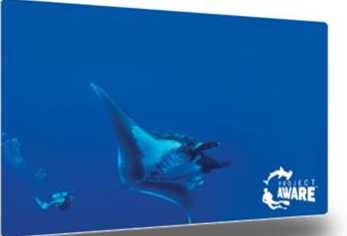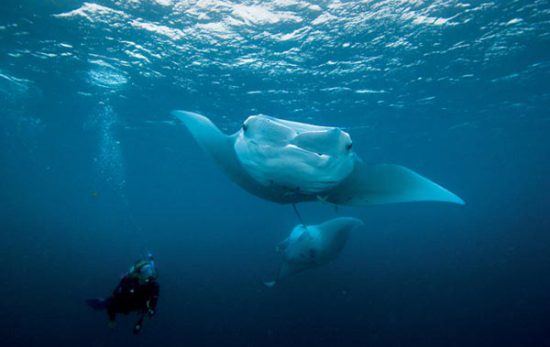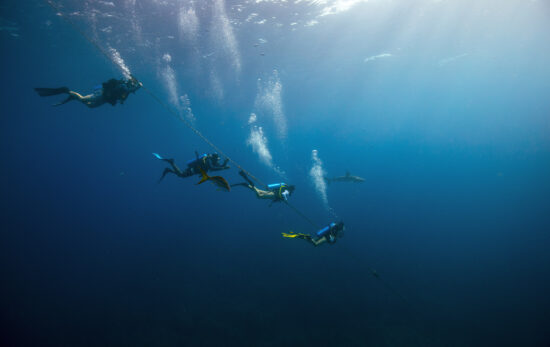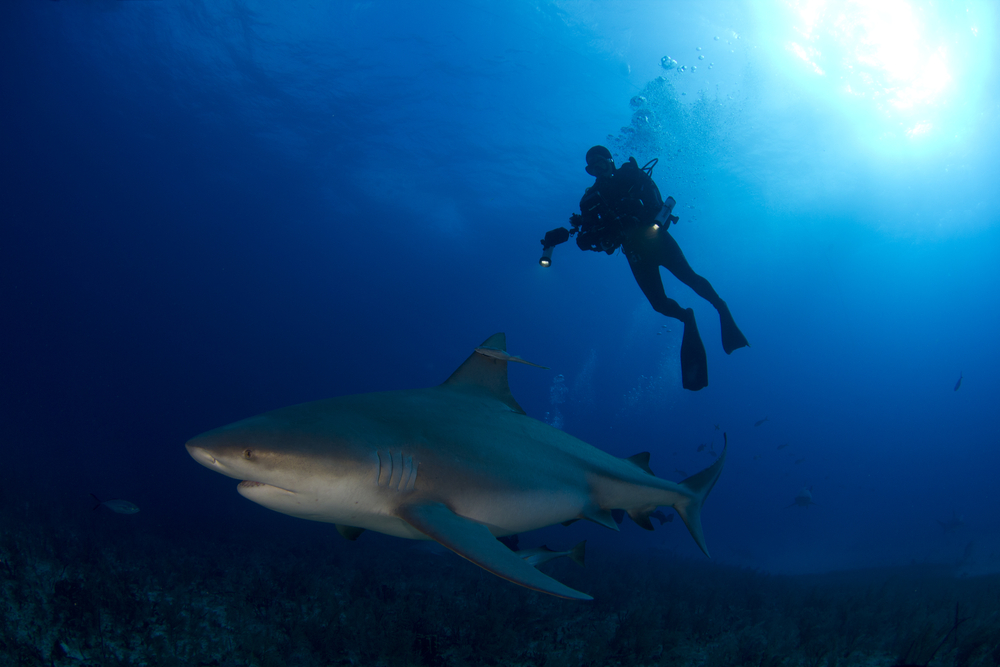
Scuba divers have a unique perspective on life under the waves. While many people think of sharks as ferocious predators that might attack at any time, divers have a different point of view. We find these ancient, diverse and beautiful creatures fascinating, and it seems like there’s always something new to learn about sharks. We hope these facts about sharks will help change your opinion for the better.
Some surprising facts about sharks
1. Sharks generally have about 45 to 50 teeth – but that’s just the “front row” teeth. They also have, on average, as many as seven replacement rows of teeth behind the front row, ready to move into place if a tooth is damaged or falls out. With all the action a shark’s mouth sees throughout its lifetime, an individual might go through as many as 30,000 teeth.
2. Even though we associate sharks with big, sharp chompers, some species barely need their teeth. Whale sharks and basking sharks, two of the largest species, are both filter feeders and have numerous, tiny teeth – a whale shark might have up to 300 rows of teeth .
3. While sharks don’t use sounds to communicate, they do rely on body language. If you’re snorkeling or diving, it’s good to be aware of the body language sharks use to communicate that they’re uneasy. Hunched backs, lowered pectoral fins, sharp movements (in zig-zag or back-and-forth patterns), and diving down to touch the bottom are all good indicators that a shark is feeling uncomfortable.
4. Some large sharks have dramatically longer lifespans than small sharks. For instance, whale sharks (which generally range from 18 to 32 feet/5.5 to 10 meters in length) can live up to 100 years, while the smooth dogfish (with an average length between 2 and 4 feet/0.6 and 1.2 meters) might only live for 16 years.
5. Whale sharks claim the title of largest shark species, and are also the largest species of fish in the world. The basking shark, the second largest shark (and fish), averages between approximately 22 and 29 feet/ 7 and 9 meters. Pygmy Ribbontail Catsharks are perhaps the smallest, at about 6 to 7 inches/ 17 to 18 centimeters . Other small species include the Dwarf Lanternfish and the Spined Pygmy Shark , both of which are roughly the same average size as Pygmy Ribbontail Catsharks.

6. Sharks have complex and varied ways of giving birth to their young. Some lay egg cases, which have been nicknamed “mermaid’s purses” and sometimes wash up on beaches. However, a majority of sharks give live birth, and a female might give birth to as many as 48 pups in one litter.
7. There are some estimates that for every person killed by a shark, 25 million sharks are killed by people on an annual basis. While estimates vary as to how many sharks are killed, either for harvesting fins, hunting or in incidental “bycatch” in fishing equipment, the figures are all dramatic, ranging from 70 to 100 million. There are 201 sharks on the “Red List” of endangered species, compiled by the International Union for Conservation of Nature (IUCN). Sharks are an essential component in ocean ecosystems, and their rapidly dwindling numbers are a major source of concern among conservationists. Movements like Project AWARE are drawing attention to and fight the over-exploitation of sharks. As an underwater ambassador, you can give a voice to those who can’t speak for themselves by signing Project AWARE’s petition to provide protection for sharks and manta rays. Already signed the petition? Spread the word with people you know.
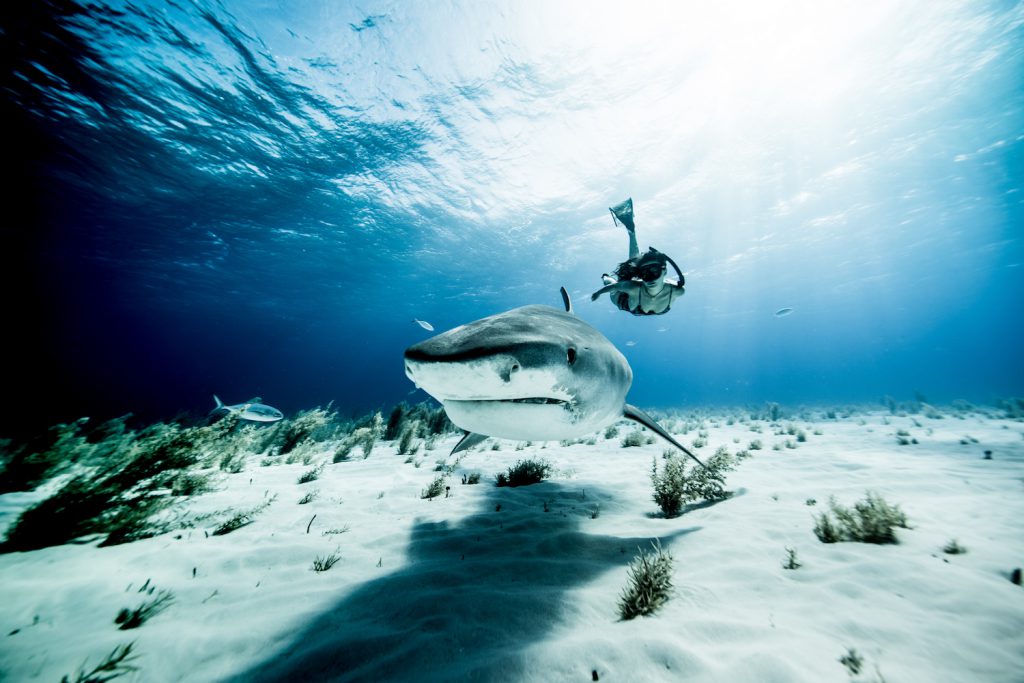
8. Research has helped bust the myth that sharks are attracted to the color yellow – in fact, they probably can’t see color at all. The old saying “yum yum yellow” was rooted in the idea that sharks could see and were more likely to approach divers wearing the color. Because sharks’ eyes were found to lack or have minimal color-sensing cells , it seems to make more sense that what actually draws attention is the contrast in colors, rather than the color itself.
9. Sharks live in all seven of the world’s oceans, but they’re not confined solely to wide-open bodies of salt water. There are species that can survive in mixed salt- and freshwater environments like estuaries and watersheds that connect to an ocean, while other species can live in completely fresh water .
10. Sharks are a living connection to the time of the dinosaurs. Fossilized teeth and scales dating from more than 400 million years ago give us clues about how those ancient ancestors looked. However, what we think of as “modern” sharks appeared around 100 million years ago. The frilled shark, which is rare but still in existence, has evolved very little over the millennia and is considered one of the best examples of what early sharks looked like.
Want more facts about sharks? Our friends at DAN have an interesting article: Myths and Truths About Sharks.

